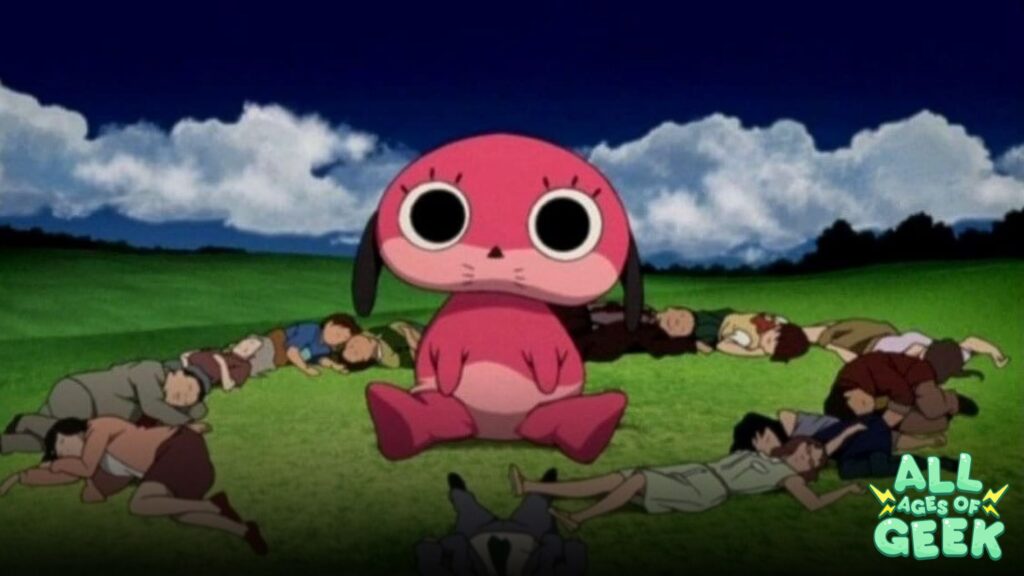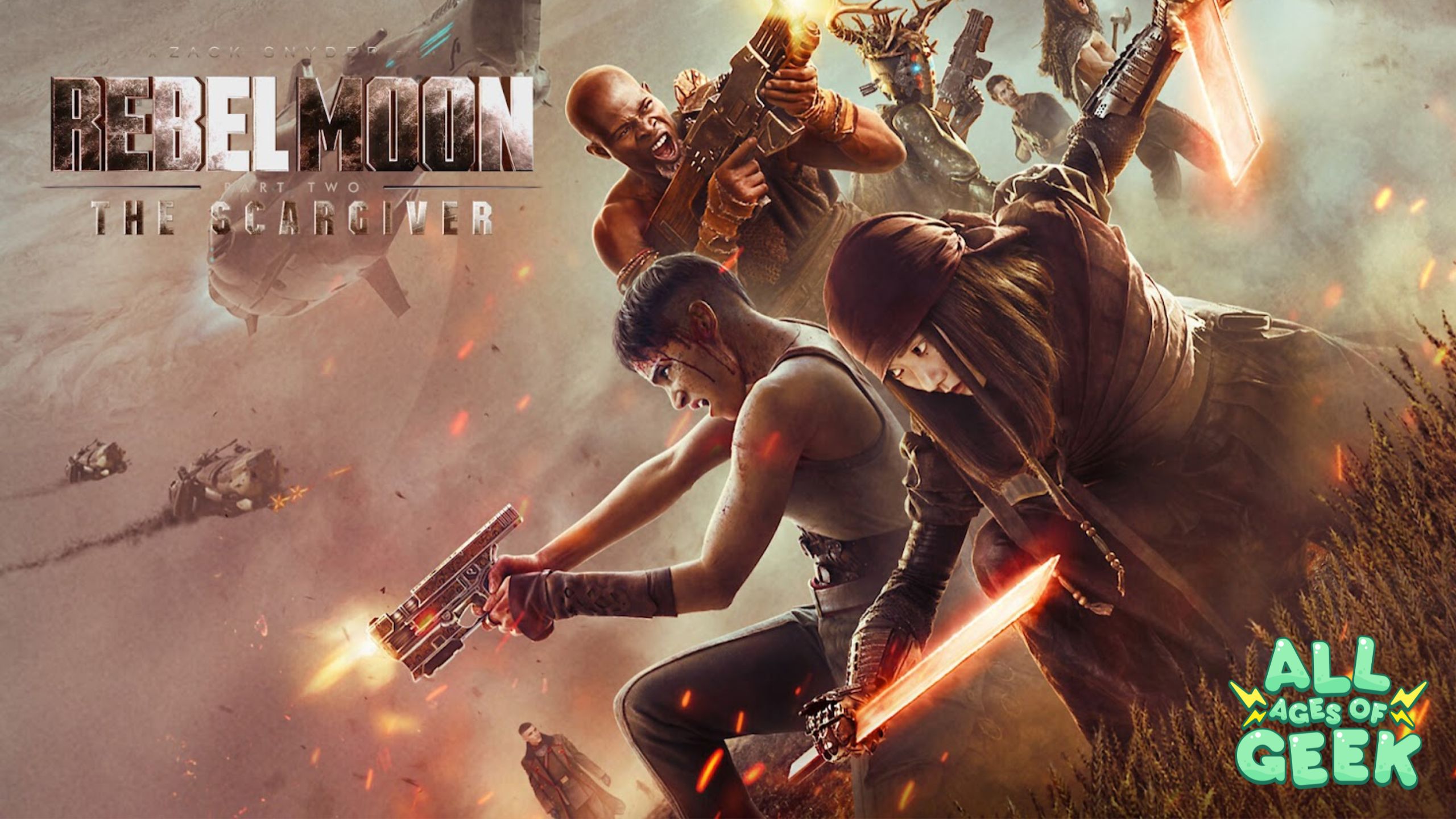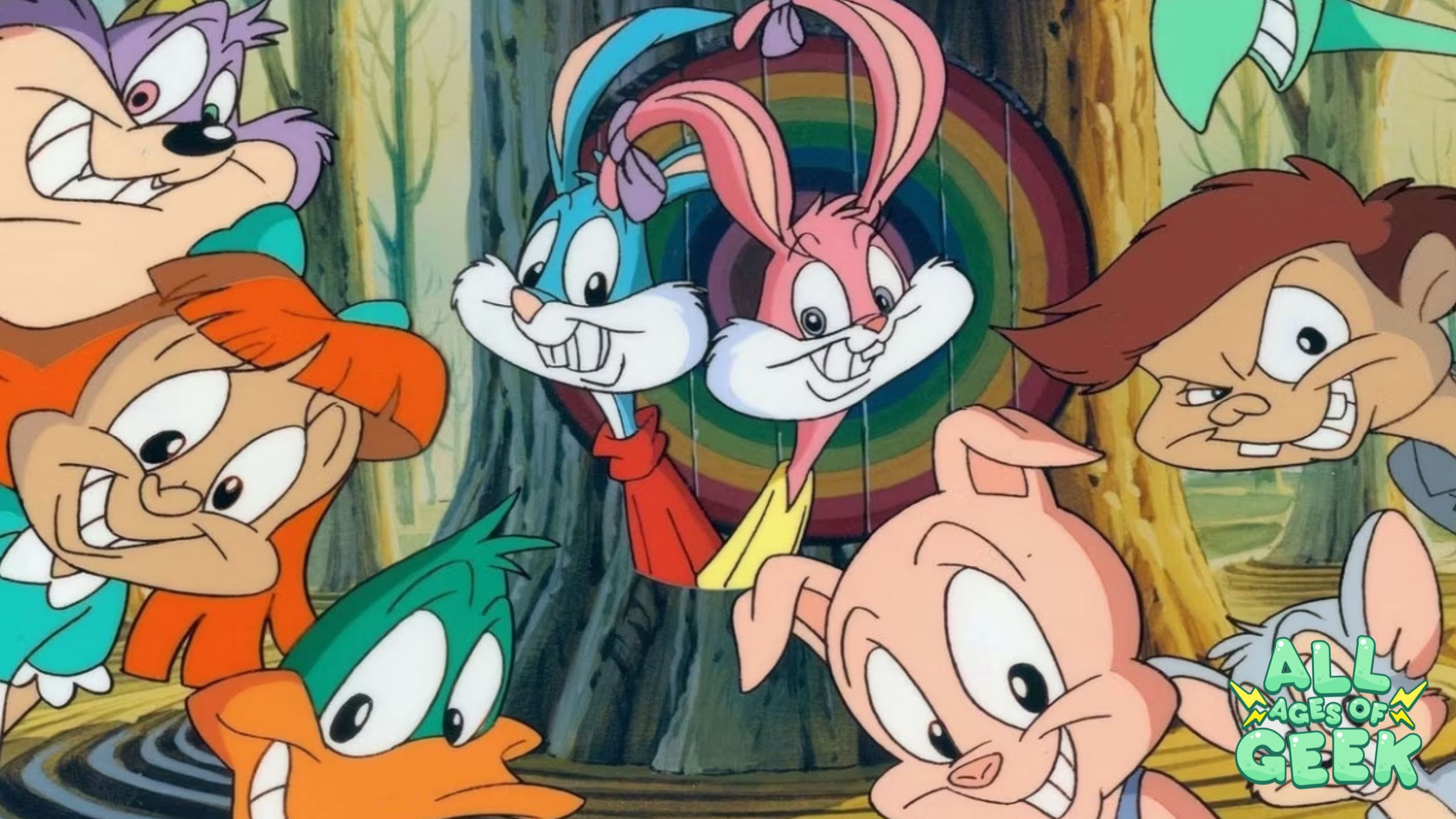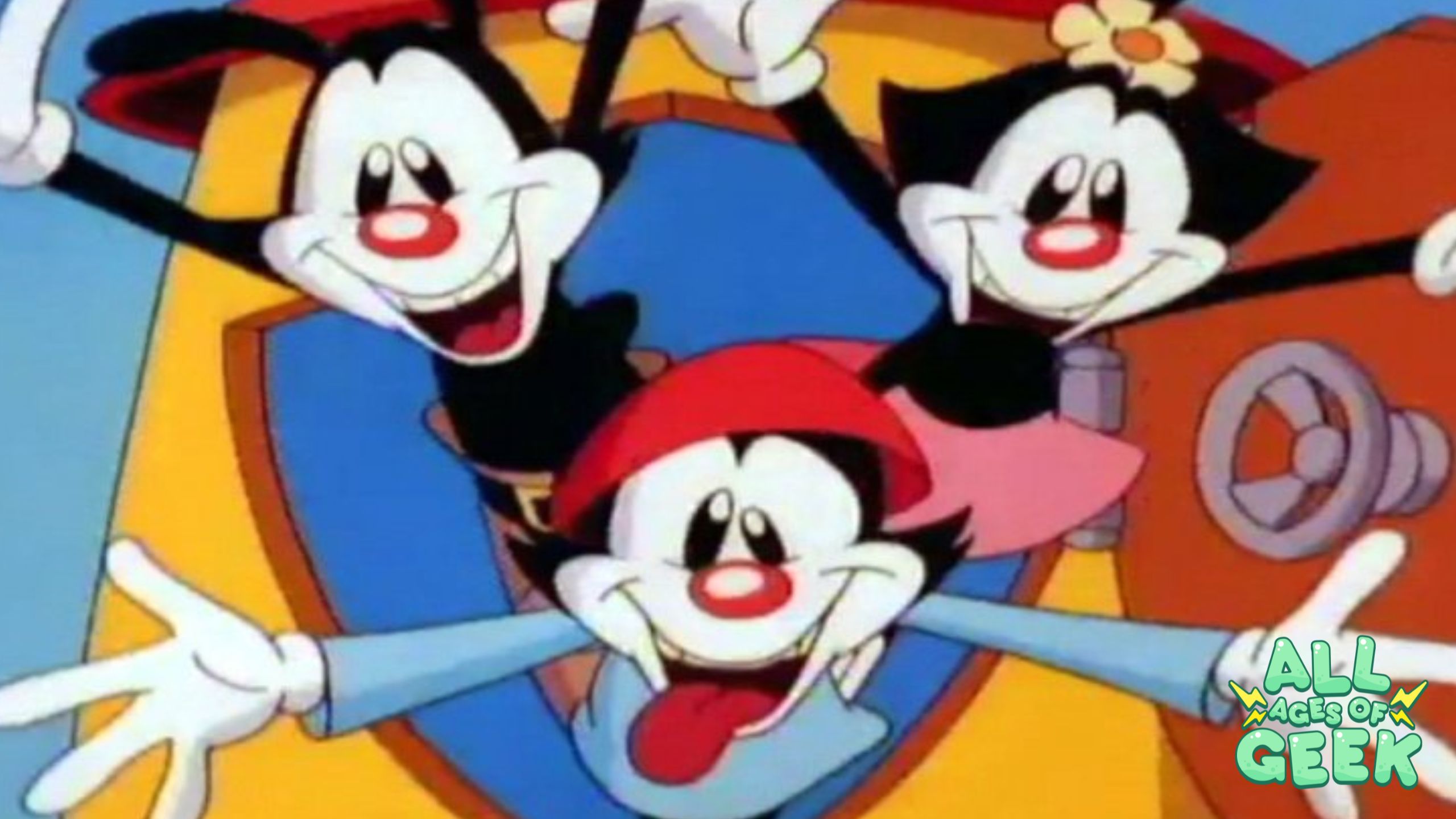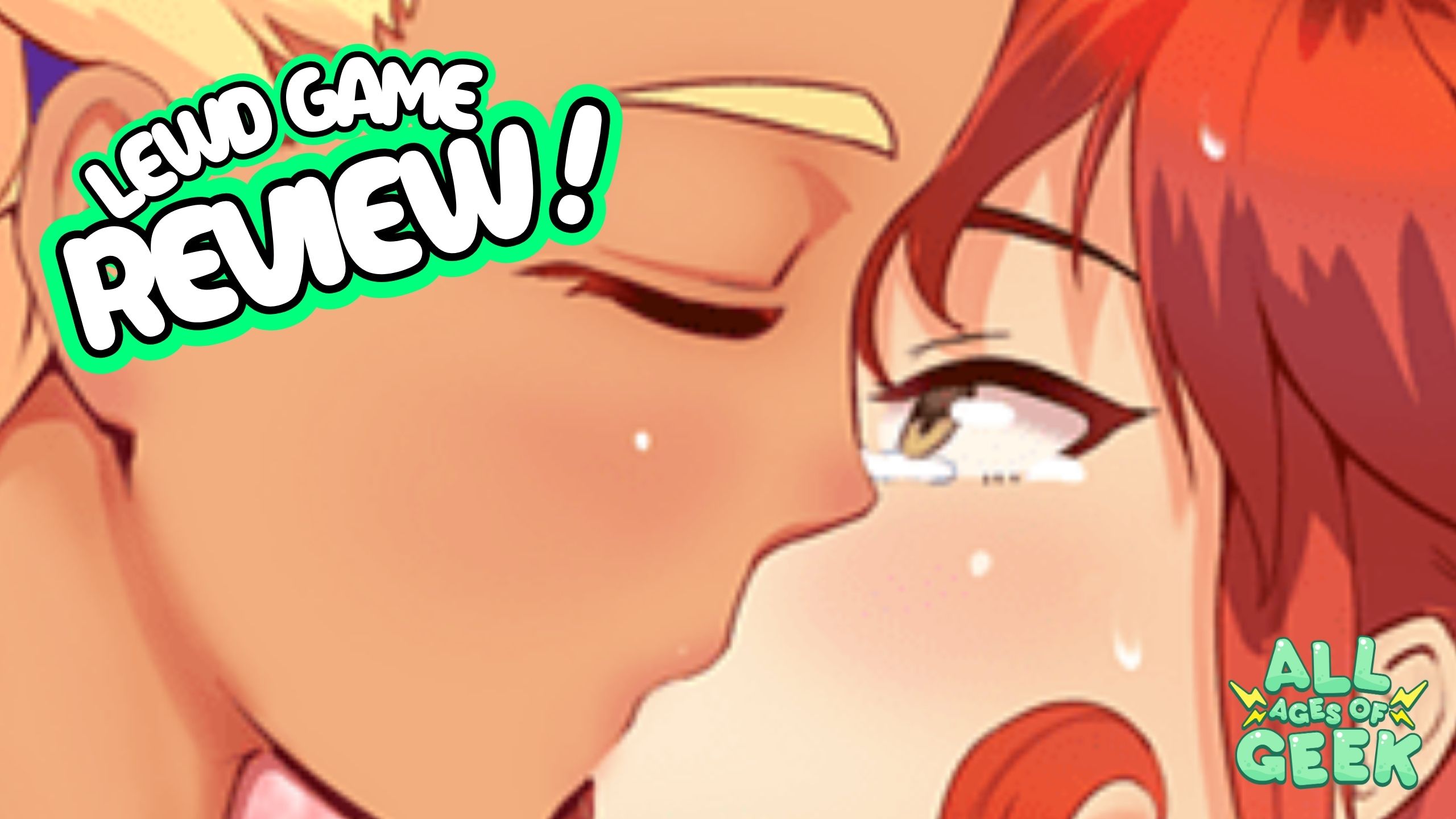Paranoia Agent is Studio Madhouse’s 2004 psychological thriller and character drama helmed by revolutionary anime director Satoshi Kon. The 13-episode run initially follows Tsukiko Sagi, an anxiety-ridden character designer responsible for the mascot Maromi — a pink doggo with a disproportionately large head. A totally adorbs, yet undeniably tragic cranium situation.
As pressure builds on Tsukiko to create the next plushy phenomenon, her mental health spirals, and she slips out of touch with reality. Tsukiko survives an attack from Lil Slugger, a rollerblading delinquent with a bent, bloodied baseball bat. Shortly after, the general population of Musashino, Tokyo, fully indulge in a media-hysteria-consumerist-fever-dream true to form for Satoshi Kon, building on his commentary of the audience-entertainer dynamics in previous work, Perfect Blue.
Once panic hits, Paranoia Agent shifts away from Tsukiko as the sole focus and functions within an anthology format, with each episode serving as a character study following different inhabitants of Musashino, from the detectives on the Lil Slugger case to Maromi’s animation team, and others. In each story, we see the individual characters’ unglamorous reality, interlaced with their fantasy-perspective of the world — a visual representation of how they internally process their personal narratives. For example, Masami Hirukawa, a corrupt cop wrapped up with Yakuza, commits an assortment of heinous acts — views himself as a heroic manly-man character straight out of an old school manga. Paranoia Agent visually juxtaposes the imagery from a badass Seinen against Hirukawa being a complete sleaze to give us an understanding of his thought processes in justifying his actions and his methods of escapism.
These juxtapositions continue with the rest of the cast. Each character’s fantasy-world conveyed in a different stylistic approach that makes sense of each character’s unique temperament and mental health struggles. The choice to explore character in this way gives the show plenty of room to collage a rich array of aesthetic influences and genre-bend effectively. In a way, laying the groundwork for the extravagant visual direction of the dreamscapes depicted in Satoshi Kon’s film Paprika, released two years later. Paranoia Agent isn’t afraid to construct curious scenes made out of cardboard cut-outs, or heart-thumping moments drawing from creature-horror.
The characters are intricately layered, flawed, and vulnerable. A feeling of discomfort permeates the series as intensely as it intrigues. As the show progresses, Maromi’s presence becomes ubiquitous as the mascot is franchised out and slapped relentlessly on every conceivable item of merch. The Maromi-mania parallels the media’s Lil Slugger-fear mongering as his mythos engulfs the Musashino collective consciousness. Both Maromi and Lil Slugger slowly become depicted as physically larger, more imposing entities taking up space in the city. Their chief means of proliferation both being internet forums and online trolls. It is my favorite aspect of this anime, and where Paranoia Agent best communicates its themes, and discourse; the unseen, all-powerful chains connecting consumerism to community panic, and how their relationship controls us as a people. It also reminds me of the ideology behind Marilyn Manson’s name. The name binds actress, Marilyn Monroe to serial-killer, Charles Manson — as a commentary on how the cultural landscape transmogrified both into iconoclastic figures. There is a more profound, brilliantly executed irony to Lil Slugger and Maromi’s relationship I won’t spoil.
Within the above are smaller, more specific thematic nodes, subjects including suicidal thoughts and self-harm, these aspects inextricable from various plot revelations—something to keep in mind if you’re sensitive to those topics. Episode 8, “Happy Family Planning,” deals with a suicide pact in a very nonchalant fashion and is, oddly, the least tense episode in the series. The escapism resulting in Lil Slugger and Maromi’s presence is presented as a sort of freedom through suffering, which is also a suffocating gulp to get down.
Some other series strong points, Satoshi Kon anime, do ugly so well. The spectrum of character design is representative of actual people. The opening theme of the show is an absolute bop featuring a vocal performance akin to yodeling as if transcending planes of existence.
Ultimately, Paranoia Agent unapologetically shares emotionally complex character work through an innovative blending of various visual precedents. Much like Perfect Blue, the conversations in Paranoia Agent are still, if not more relevant today. Especially when applied to alarming facets emerging within contemporary creative communities such as influencer-burn out, or our broader exploitive work-culture established and re-enforced through capitalism. Also, terrific watch — if you want to just freak yourself out thinking about how your reality is only as stable as your mental fortitude.


